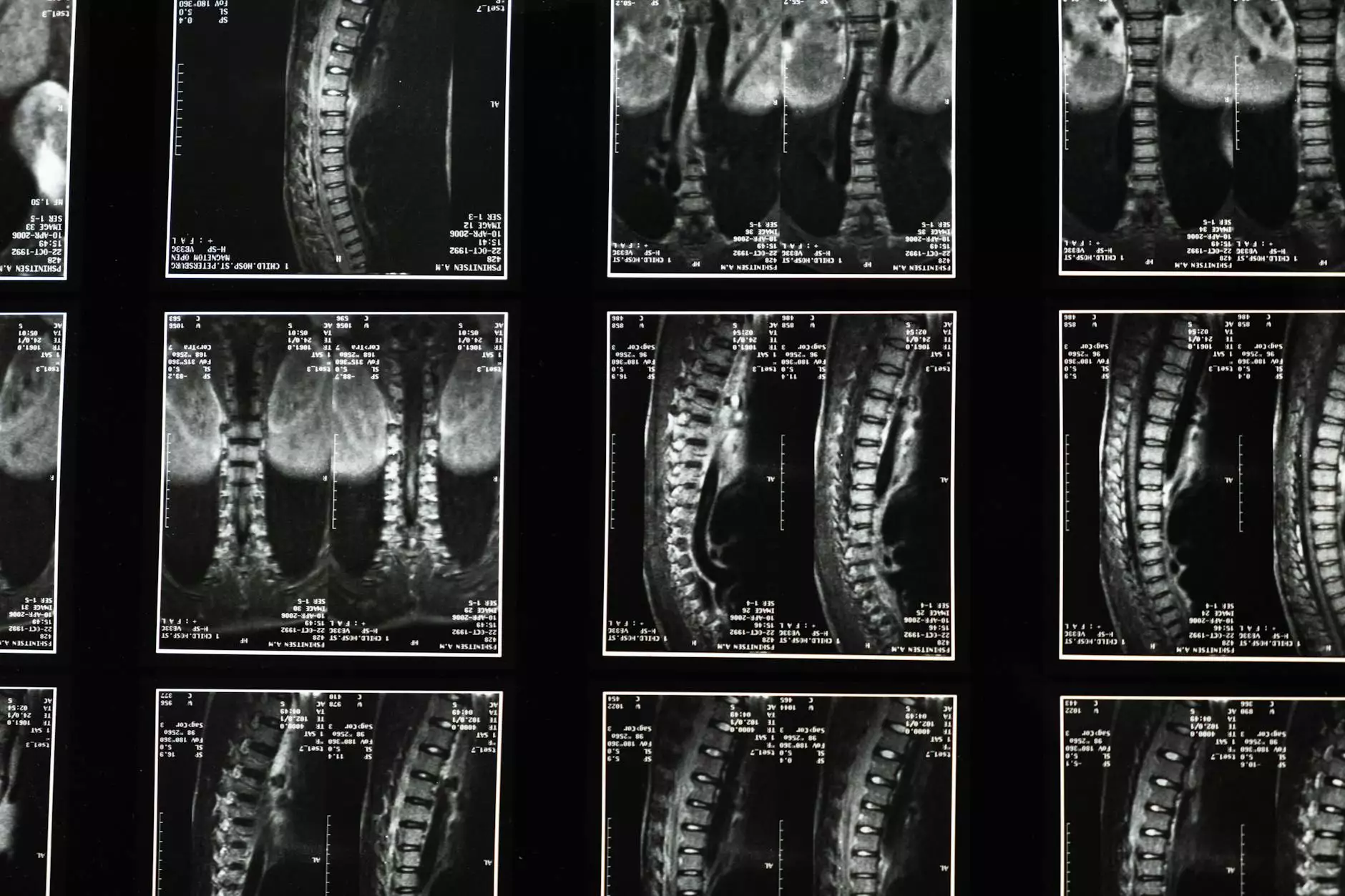Understanding Thoracic T4 Syndrome: Causes, Symptoms, and Treatments

Thoracic T4 Syndrome is a condition that affects the thoracic spine, specifically the fourth thoracic vertebra (T4). It can lead to various musculoskeletal issues and discomfort among affected individuals. In this article, we'll dive deep into the aspects of T4 Syndrome, from its causes and symptoms to available treatment methods. Our goal is to provide comprehensive insights that can help you understand this condition better and seek appropriate care.
What is Thoracic T4 Syndrome?
Thoracic T4 Syndrome is characterized by dysfunction in the thoracic vertebrae, which can hinder nervous system communication and spinal function. The T4 vertebra plays a crucial role in connecting to various internal organs and structures through the nervous system. Dysfunction at this level can manifest in complications that go beyond just spine pain.
Key Features of T4 Syndrome
- Location: Primarily affects the T4 segment of the thoracic spine.
- Symptoms: May include upper back pain, headaches, tightness in the chest, and referred pain in the arms.
- Impact on Health: Can lead to a range of secondary complications affecting overall health.
Causes of Thoracic T4 Syndrome
Understanding the underlying causes of T4 Syndrome is essential for effective treatment and prevention. Some of the main contributing factors include:
Postural Issues
Poor posture, particularly when sitting for prolonged periods or working at a computer, can lead to misalignment in the spine, increasing the risk of T4 Syndrome.
Trauma
Any injury to the back or neck, such as that from a car accident or a sports-related incident, can cause dislocation or dysfunction in the T4 vertebra.
Repetitive Strain
Repetitive motions common in certain occupations or activities can place excessive stress on the thoracic spine, contributing to the development of T4 Syndrome.
Symptoms of Thoracic T4 Syndrome
The symptoms of Thoracic T4 Syndrome are varied and can significantly impact daily life. Here are some common signs to be aware of:
- Localized Pain: Discomfort centralized around the upper back, particularly near the T4 area.
- Neurological Symptoms: Numbness or tingling sensations radiating into the arms due to nerve compression.
- Muscular Tightness: Tightness in the chest and shoulder muscles can result from compensatory postures.
- Headaches: Frequent tension headaches that can stem from upper back issues.
Diagnosis of Thoracic T4 Syndrome
If you suspect you may be suffering from Thoracic T4 Syndrome, consulting a healthcare professional is crucial. Here’s how the diagnosis process generally works:
Clinical Examination
A thorough physical examination conducted by a chiropractor or physician will help assess your spinal alignment and locate areas of pain or dysfunction.
Imaging Studies
X-rays or MRI scans may be ordered to gain a better understanding of the spinal structure and identify any nerve compression or other abnormalities.
Treatment Options for Thoracic T4 Syndrome
Effective management of Thoracic T4 Syndrome often involves a combination of treatments aimed at relieving symptoms and addressing the root cause:
Chiropractic Care
- Spinal Adjustments: Chiropractors can perform precise adjustments to help realign the thoracic spine, improving function and reducing pain.
- Therapeutic Exercises: Customized exercise programs can strengthen core muscles and support spinal health.
- Posture Training: Educating patients on maintaining good posture can prevent recurrences of T4 Syndrome.
Physical Therapy
Physical therapists can work with patients to develop individualized rehabilitation plans that might include:
- Manual Therapy: Techniques to release tension in tight muscles.
- Stretching and Strengthening: Exercises designed to improve flexibility and strength in the surrounding muscles.
- Advanced Modalities: Use of ultrasound, heat, or ice for pain management.
Medication
Over-the-counter pain relievers such as ibuprofen or acetaminophen may be recommended to manage pain and inflammation.
Lifestyle Modifications
Incorporating ergonomics in your workspace and ensuring that you take regular breaks can significantly alleviate symptoms.
Future Prevention Strategies
Once you have successfully dealt with Thoracic T4 Syndrome, adopting preventive measures can help stave off future episodes:
- Regular Chiropractic Check-Ups: Ongoing care can help maintain spinal health.
- Ergonomic Workstation: Adjust your workspace to promote proper posture.
- Stay Active: Engage in regular physical activities like yoga or swimming to enhance flexibility and strength.
Conclusion
Thoracic T4 Syndrome is an impactful condition that can lead to significant discomfort if left untreated. Understanding its causes, recognizing its symptoms, and seeking appropriate treatment options are vital steps in managing this syndrome. Whether you opt for chiropractic care, physical therapy, or lifestyle modifications, taking proactive measures can lead to improved health outcomes. For those seeking more information or support, consider reaching out to professionals in the health and medical field who can help guide you on your journey to recovery.









